Step into the world of outdoor living where your backyard becomes a canvas for creativity and relaxation. Whether you’re a beginner dabbling in your first project or a seasoned homeowner ready to elevate your outdoor oasis, our guide on “12 Backyard Canopy Ideas for Your Next Project” unlocks the potential for vibrant, functional spaces. This curated list will inspire you to embrace the joy of transforming your backyard into a personal sanctuary, where every moment spent outdoors becomes a cherished memory.
Imagine lounging under a chic pergola or entertaining guests beneath a whimsical sail shade, all while enjoying the comfort and protection these canopies provide. With practical insights and creative ideas, you’ll discover solutions that blend beauty with utility, making your outdoor area not just a part of your home, but an extension of your lifestyle. Feel confident in your ability to create a backyard retreat that mirrors your style and meets your needs, turning your outdoor dreams into reality.
Incorporate Retractable Awning Systems
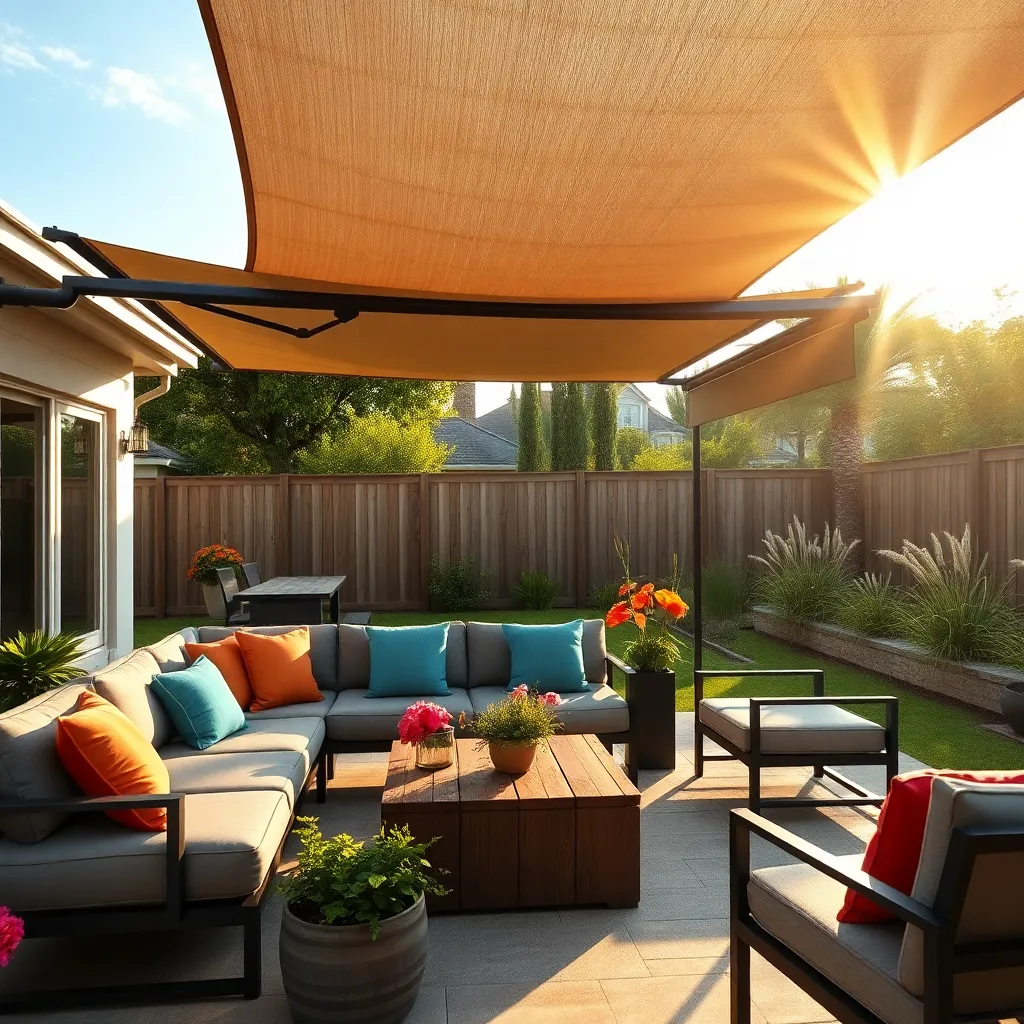
Retractable awning systems are a versatile solution for those looking to balance sun and shade in their outdoor spaces. These awnings can be crafted from durable materials like acrylic or polyester fabric, offering UV protection and weather resistance. For beginners, a manual system is cost-effective and easy to install, while experienced homeowners might opt for motorized versions with remote controls or smart home integration for added convenience.
Consider the size and layout of your backyard when choosing an awning system. Measure the area you wish to cover to ensure a perfect fit, and remember that most awnings extend between 8 to 10 feet. For a more cohesive look, select a frame color that complements your home’s exterior, and use stainless steel hardware to prevent rust. Advanced DIYers might explore adding wind or sun sensors for automatic retraction during harsh weather conditions, enhancing both functionality and longevity.
Install Freestanding Pergola Structures
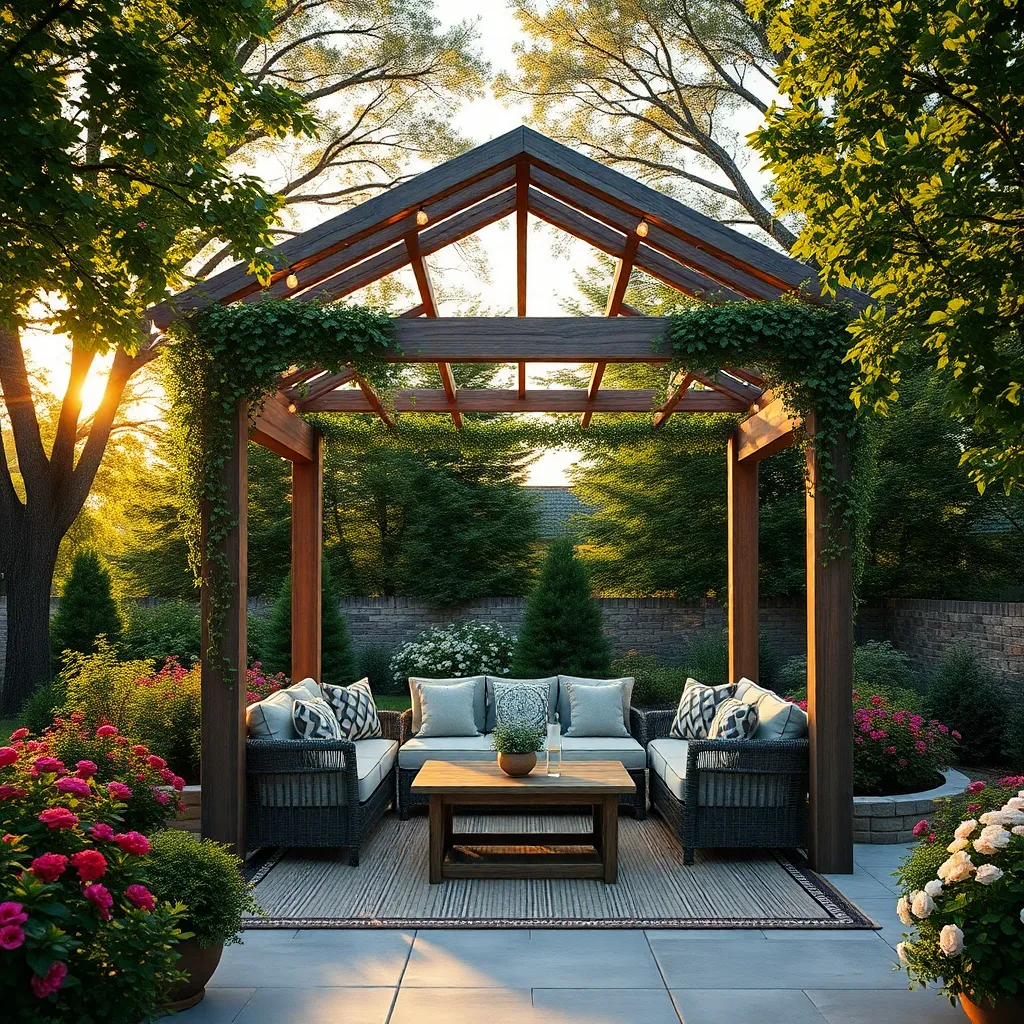
Freestanding pergolas provide a versatile and stylish solution for outdoor spaces, allowing you to create a shaded retreat anywhere in your yard. Begin by selecting durable materials such as cedar, redwood, or pressure-treated pine, which resist decay and insects. For an elegant touch, consider using metal materials like aluminum or steel; these offer modern aesthetics and require less maintenance. Ensure your pergola fits your space by choosing dimensions that complement your yard’s scale, such as a 10×10-foot structure for smaller areas or a 12×16-foot option for larger gatherings.
Start your project by anchoring the pergola securely to withstand various weather conditions. Use concrete footings for stability, especially if you live in areas prone to high winds. For added flair, incorporate design elements like climbing plants, such as wisteria or grapevines, to provide natural shade and beauty. Advanced gardeners might install a retractable canopy within the pergola for adjustable coverage. Consider adding built-in seating or planters to maximize functionality and aesthetic appeal, transforming your pergola into a true backyard oasis.
Choose Weather-Resistant Canopy Fabrics
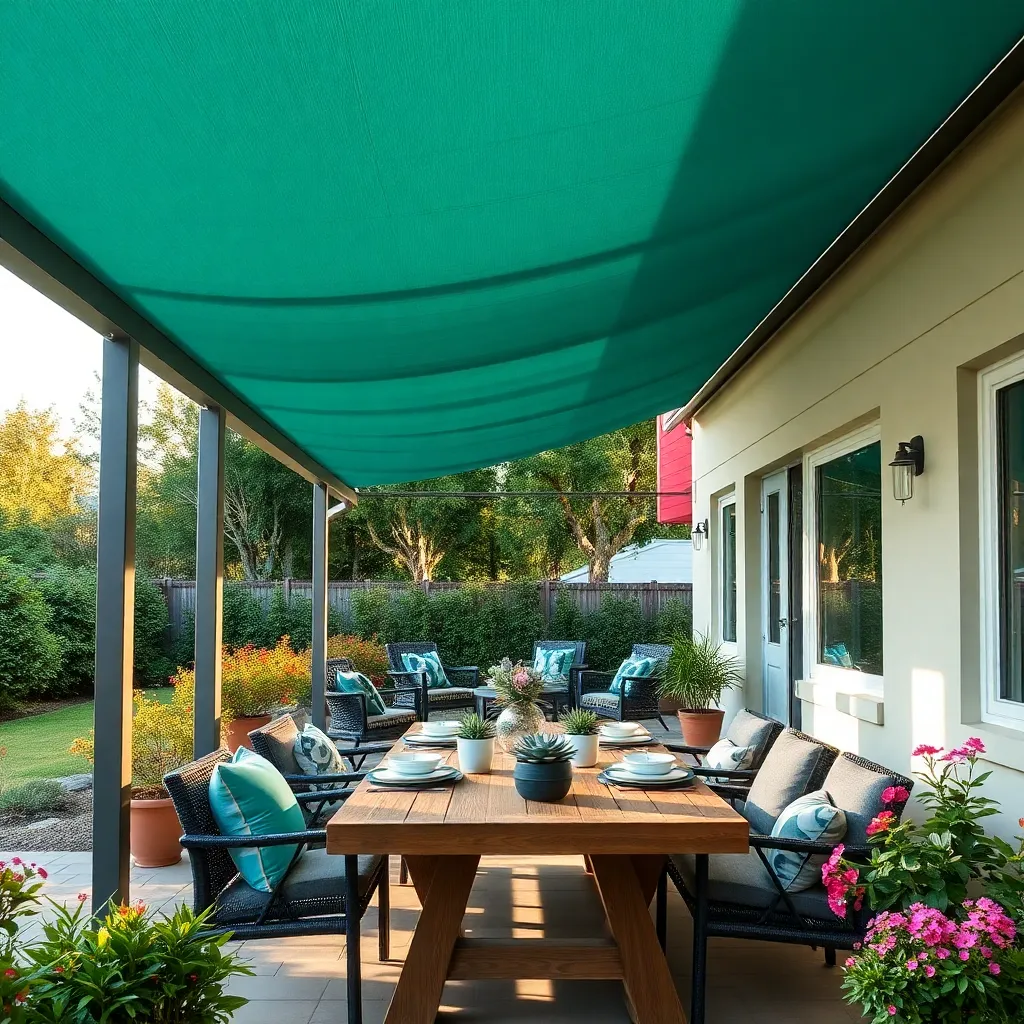
When selecting a canopy for your outdoor space, it’s essential to choose weather-resistant fabrics that can withstand the elements. Look for materials like polyester, vinyl, or acrylic, which offer excellent durability and UV protection. For beginners, a polyester canopy with a polyurethane coating is a great starting point due to its affordability and ease of maintenance. Additionally, ensure the fabric is water-repellent to keep your outdoor gatherings dry during unexpected rain.
Advanced users might explore options like solution-dyed acrylic, renowned for its fade resistance and vibrant colors. This premium choice maintains its appeal over extended periods, making it ideal for high-sun areas. Consider pairing your canopy with sturdy, rust-resistant frames such as powder-coated aluminum or stainless steel for added longevity. Remember to measure your space accurately to ensure the canopy fits perfectly, providing both style and functionality in your backyard oasis.
Utilize Natural Wood for Frames
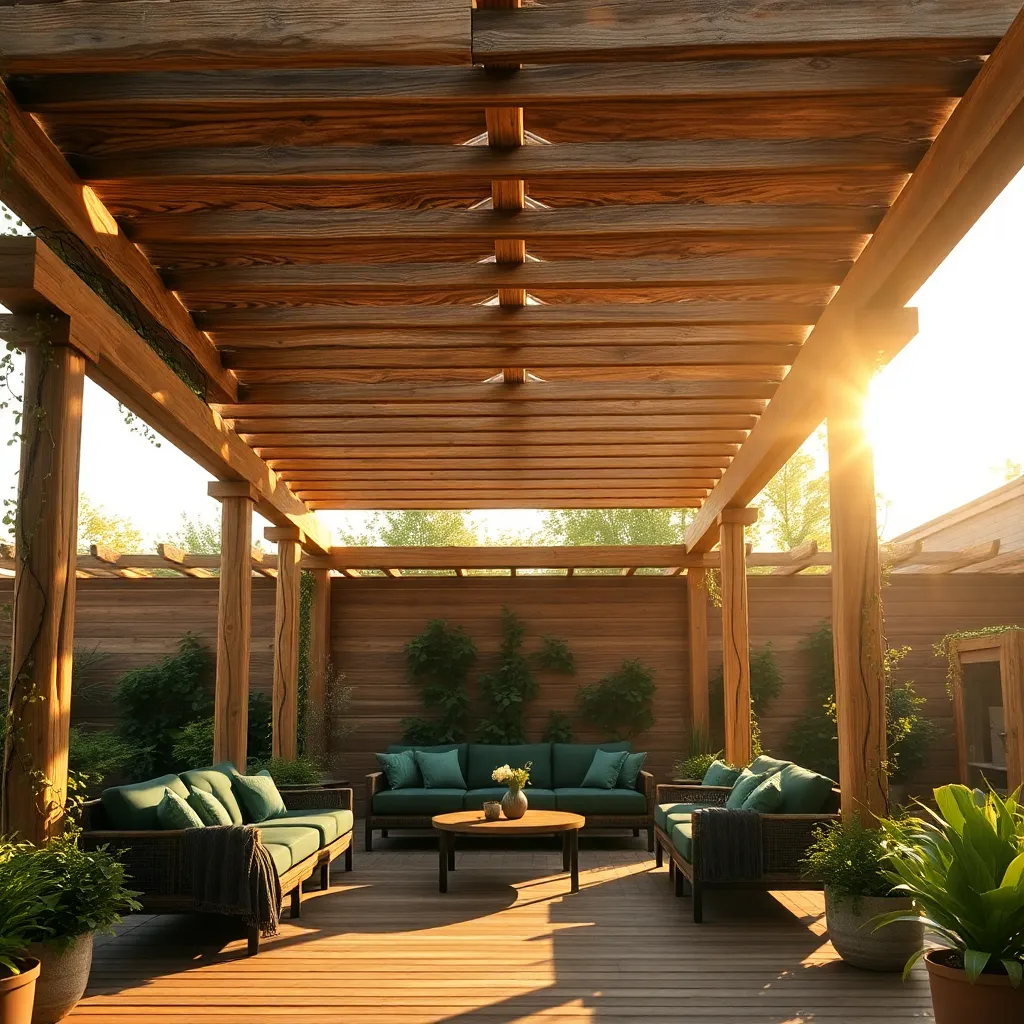
For a natural, rustic charm, consider using natural wood for your canopy frames. Opt for durable woods like cedar or redwood, which are naturally resistant to decay and insects, ensuring longevity. When planning your design, use sturdy posts with a diameter of at least 4×4 inches to support the canopy structure effectively. Beginners can start with a simple rectangular frame, while more experienced DIY enthusiasts might experiment with lattice or pergola-style designs for added elegance.
Before you begin, plan your canopy’s dimensions to match your outdoor space, ensuring a comfortable overhead clearance of at least 7 feet. Secure the posts firmly in the ground using concrete or metal brackets for added stability. For a seamless look, sand down any rough edges and apply a weatherproof sealant to protect the wood from the elements. Advanced tip: Incorporate decorative elements like hanging planters or string lights to enhance the ambiance of your shelter. This combination of natural materials and thoughtful design will create a functional and aesthetically pleasing backyard retreat.
Add Decorative String Lights
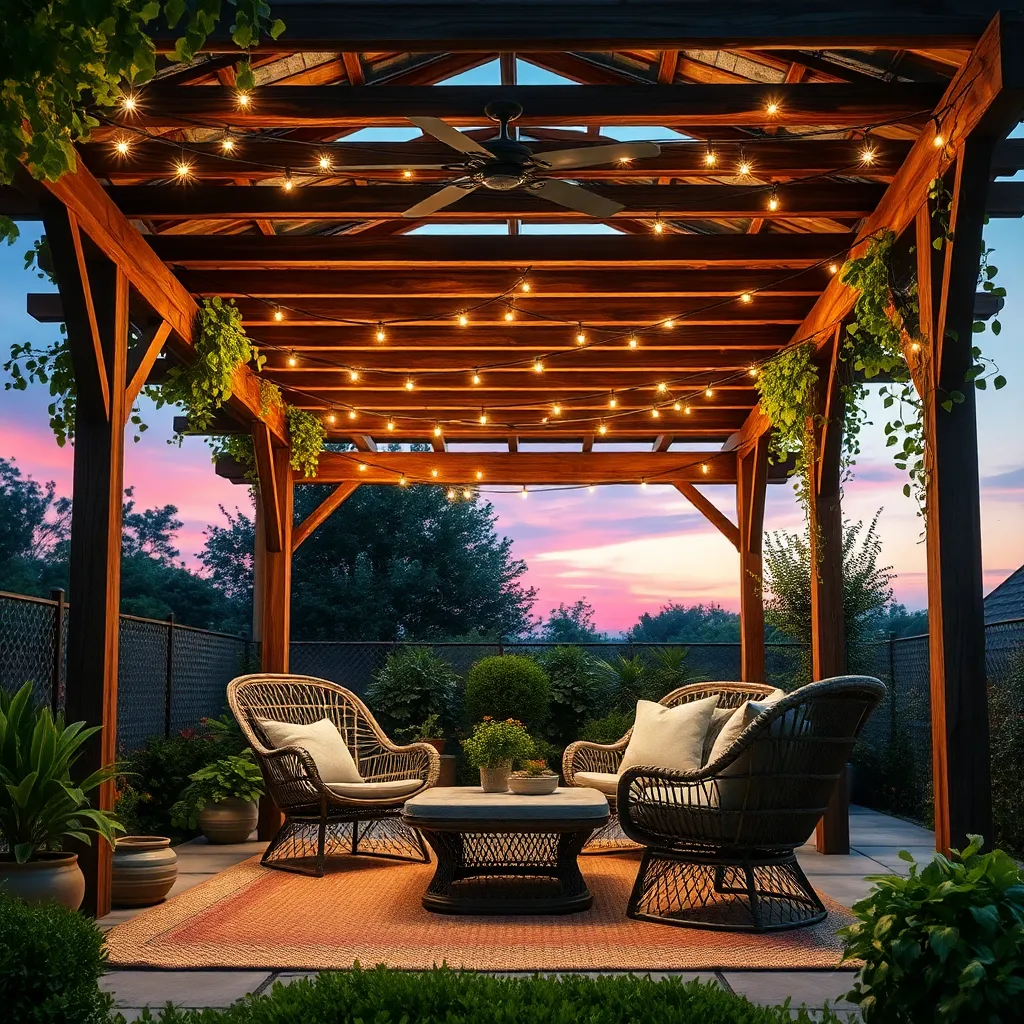
Enhancing your backyard canopy with decorative string lights can transform your outdoor space into a cozy retreat. Start by selecting durable, weather-resistant string lights that suit your style—LED options are energy-efficient and long-lasting. When installing, use sturdy hooks or clips to secure the lights along the edges or cross beams of your canopy. For a basic setup, string the lights in a zigzag pattern across the top to evenly distribute light and create an inviting glow.
For a more advanced design, consider layering your lighting by adding fairy lights or lanterns alongside the string lights for added depth and ambiance. Experiment with different bulb shapes and spacing; Edison bulbs offer a vintage look, while globe lights provide a modern touch. Measure your space carefully to ensure you purchase the correct length of lights, and always check the lighting’s voltage requirements to match with your power source. To extend your outdoor enjoyment, consider installing a dimmer switch for customizable brightness levels, allowing you to set the perfect mood for any occasion.
Select Adjustable Shade Panels
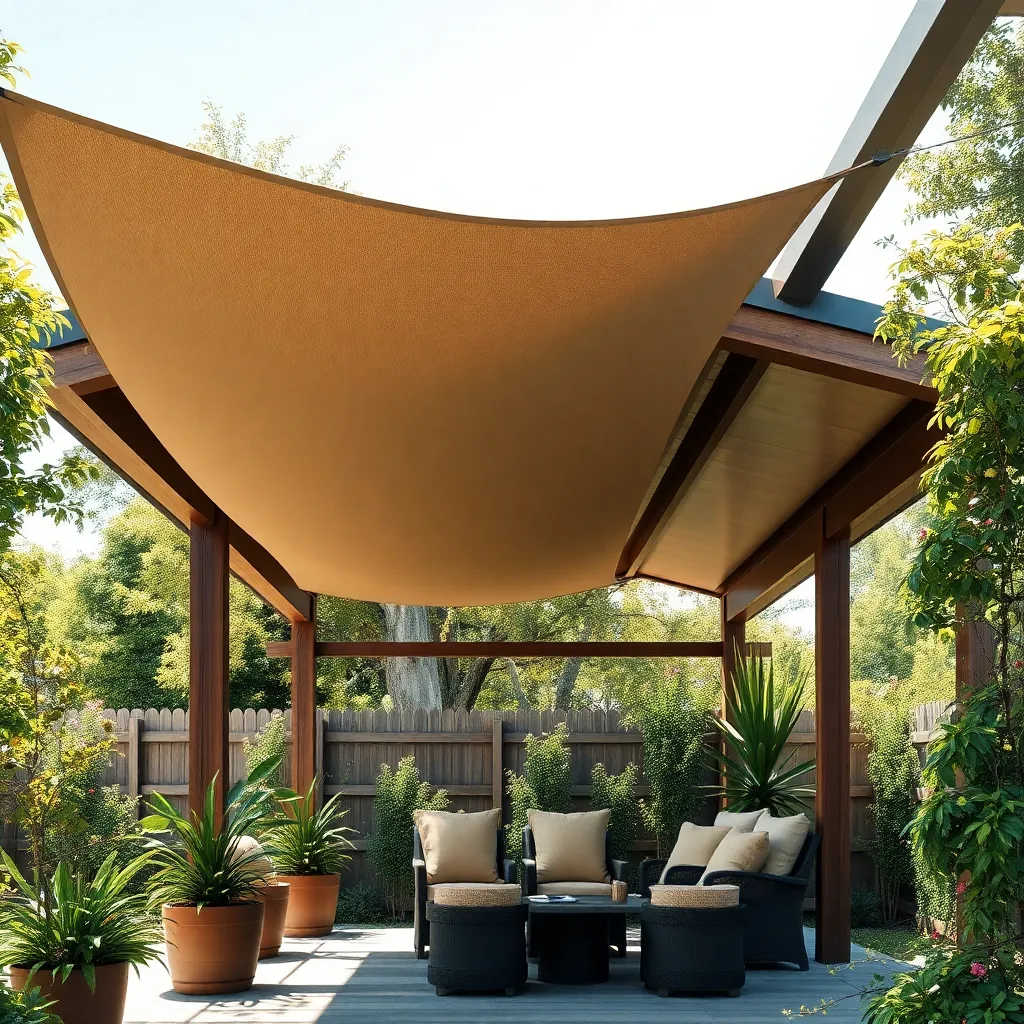
Consider using adjustable shade panels to customize the amount of sunlight in your outdoor space. These panels are perfect for homeowners who want flexibility, allowing you to adapt to different weather conditions throughout the day. Look for materials like UV-resistant fabric or aluminum slats that can withstand the elements and provide maximum durability. For beginners, pre-made kits can simplify installation, offering a straightforward setup with basic tools.
For those with more experience, creating a custom frame with a pulley system can be a rewarding project, offering precise control over shade placement. Opt for stainless steel hardware to prevent rust and ensure longevity. When considering dimensions, measure the area you wish to cover and account for at least a foot of extra material on all sides for overlap and effective coverage. Whether you’re shading a seating area or a garden nook, adjustable panels can enhance comfort and aesthetics, making your backyard a versatile retreat.
Enhance Privacy with Side Curtains
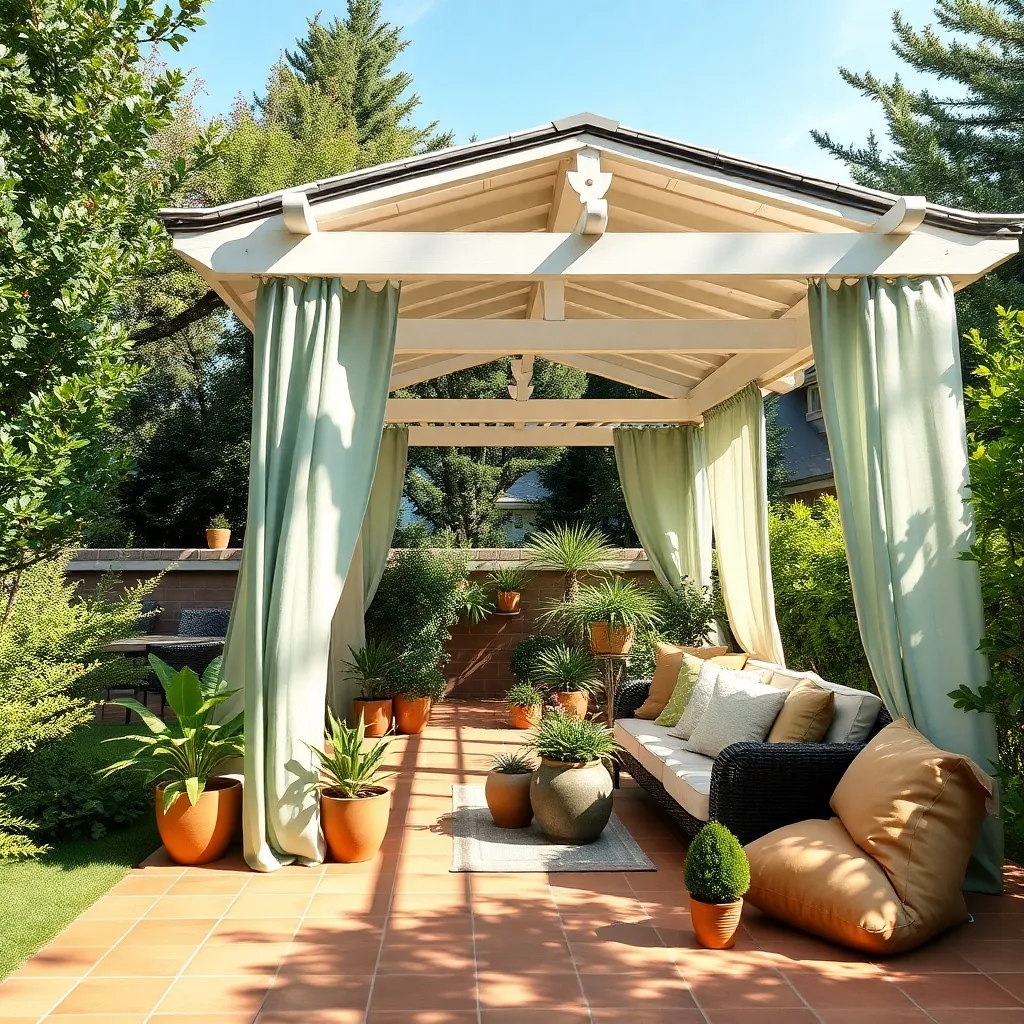
Adding side curtains to your outdoor canopy is a brilliant way to enhance privacy while creating a cozy, intimate atmosphere. Opt for weather-resistant materials like polyester or acrylic fabrics that can withstand various elements while maintaining their color and integrity. These curtains can be easily attached with curtain rods or cables, giving you the flexibility to open or close them as needed. For beginners, consider starting with neutral colors that blend seamlessly with your current outdoor decor, while more adventurous gardeners might explore vibrant patterns to add a personal touch.
For those looking to elevate the design, consider adding weighted hems or using tie-backs to keep curtains neatly in place even during breezy days. Measuring your canopy accurately is crucial; ensure that your curtains are slightly longer than the height of the canopy to allow for a graceful drape. Advanced gardeners can explore incorporating grommets or eyelets for a polished look and added durability. By selecting the right materials and design elements, you’ll not only boost privacy but also enhance the overall aesthetic appeal of your backyard retreat.
Integrate Built-In Seating Areas
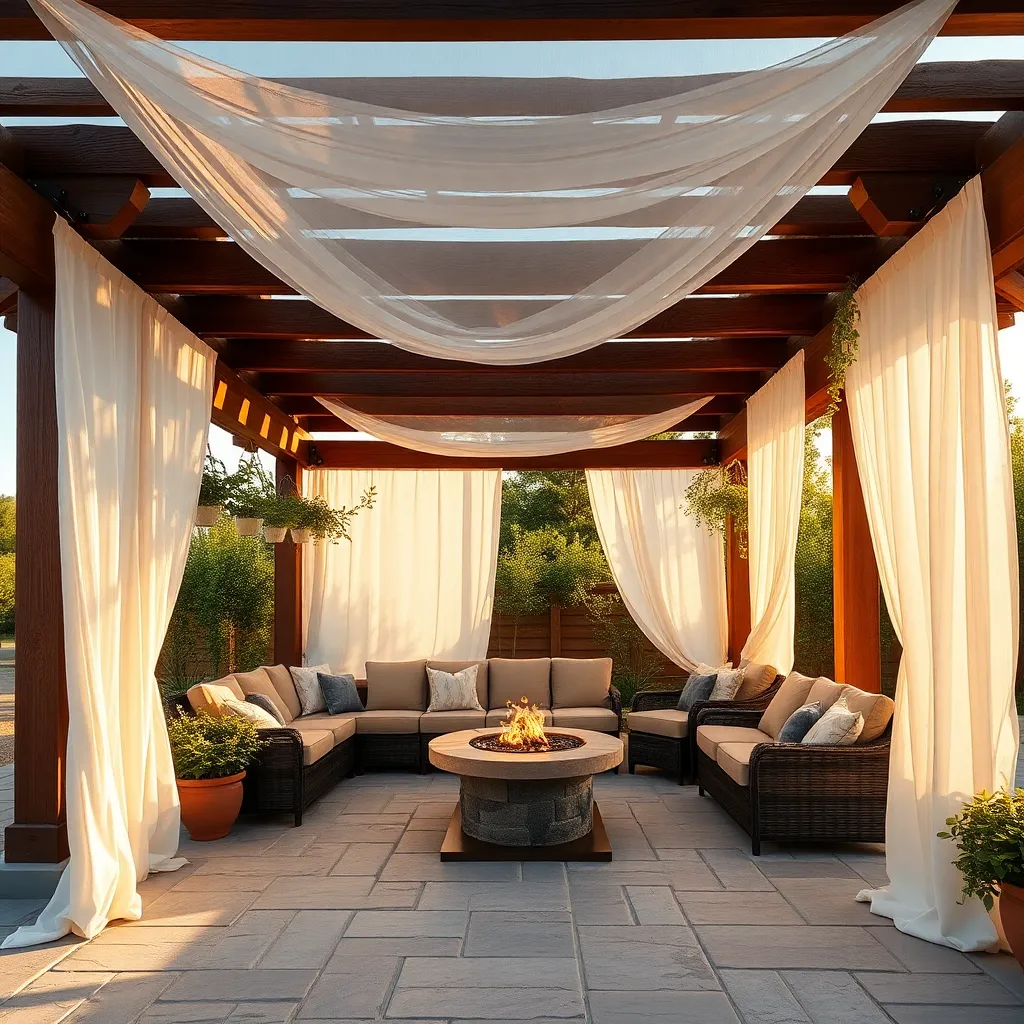
Integrating built-in seating areas under your backyard canopy creates a cozy and functional space for relaxation and entertainment. For beginners, using weather-resistant materials like cedar or teak ensures durability and low maintenance. If you’re ready to take on a more advanced project, consider incorporating storage elements under the seating to maximize space efficiency. These integrated designs not only provide comfort but also enhance the aesthetic appeal of your outdoor area.
When planning your built-in seating, ensure it’s proportionate to the canopy size to maintain a balanced look. Comfort should be a priority, so opt for cushions made with outdoor fabric like Sunbrella, which resists fading and moisture. Adding a simple backrest can increase comfort and make the area more inviting. For a modern touch, install LED strip lighting under the seats to create a warm ambiance during evening gatherings. This blend of style and practicality will make your backyard the perfect retreat.
Opt for Portable Canopy Tents
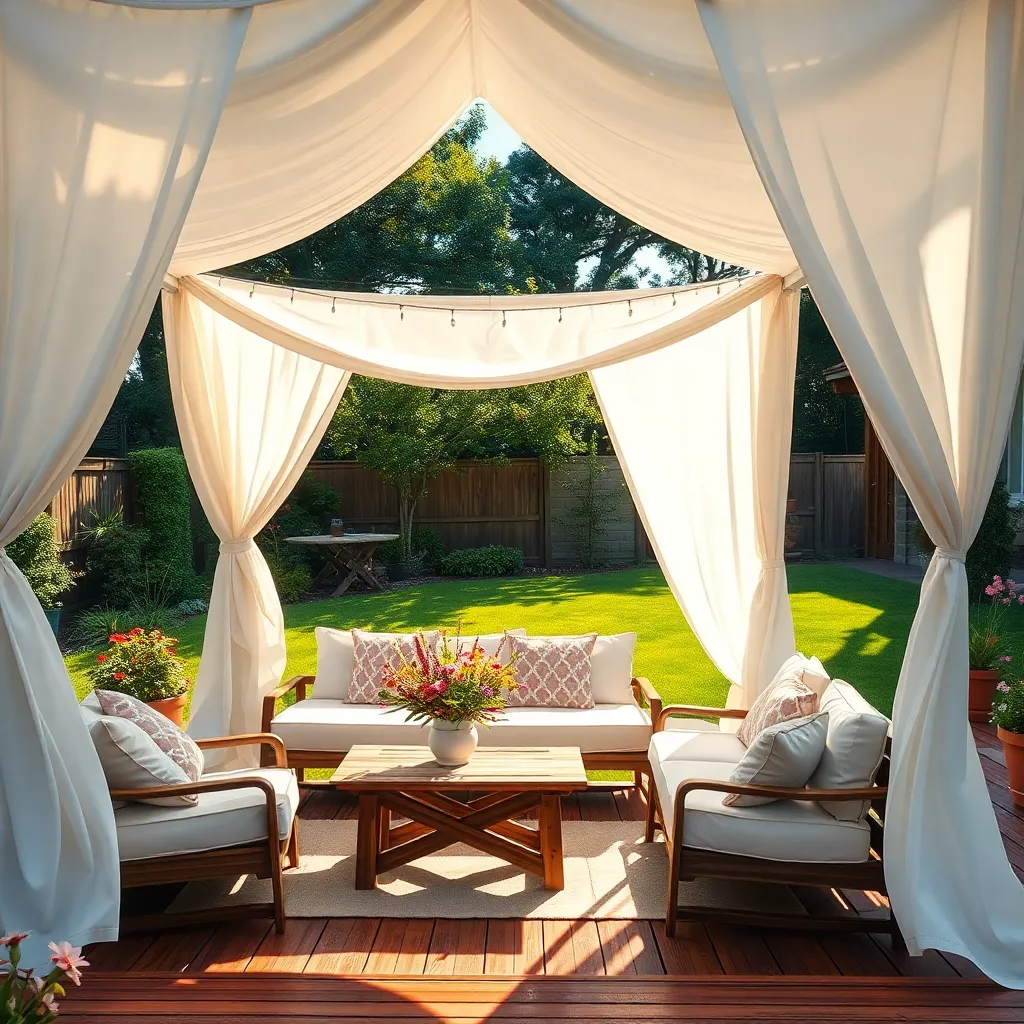
Portable canopy tents offer a flexible solution for creating shaded areas in your backyard without the need for permanent structures. These tents are typically made from durable materials like polyester or polyethylene, ensuring they withstand various weather conditions. Look for options with UV protection to safeguard against harmful rays and choose a model with adjustable legs to accommodate varying heights and uneven terrain. For beginners, the ease of setup and takedown makes these tents an attractive choice for spontaneous outdoor gatherings.
Consider investing in a tent with sidewalls or mesh panels to add privacy and protection from bugs during summer evenings. Advanced users might explore modular designs that allow for connecting multiple tents, creating a larger covered space for bigger events. When selecting a canopy, prioritize features such as reinforced corners and rust-resistant frames to enhance longevity.
- For a quick transformation, string up some outdoor lights for an inviting ambiance.
- Utilize sandbags or stakes to secure your tent, ensuring stability during windy conditions.
These simple additions can significantly elevate your backyard’s functionality and aesthetic appeal.
Design with Lattice Roof Accents
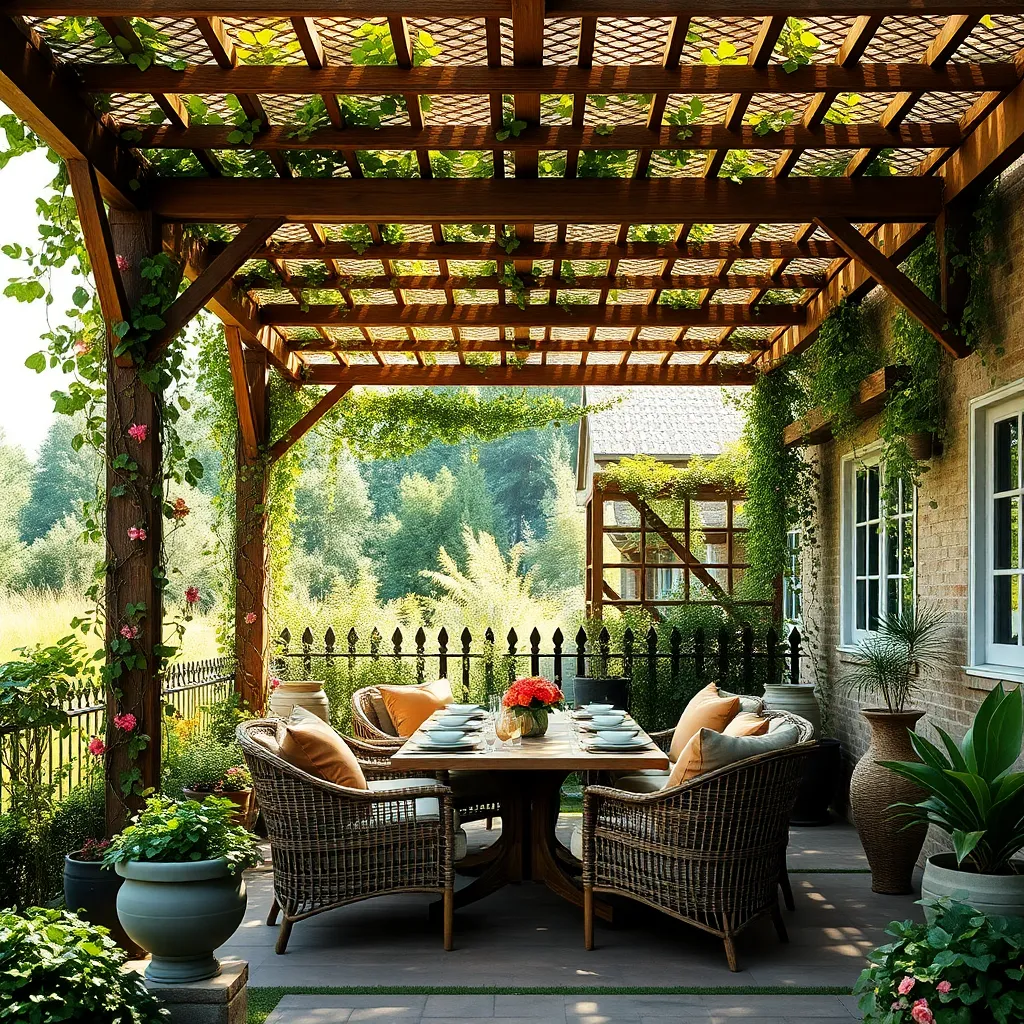
Designing a backyard canopy with lattice roof accents offers both style and function, creating a visually appealing outdoor space while providing partial shade. For beginners, consider using durable materials like cedar or pressure-treated wood, which are resistant to weather conditions. To achieve a cohesive look, paint or stain the lattice in a color that complements your existing outdoor furniture or garden features. Lattice panels are available in standard sizes, but you can also customize them to fit your specific space.
For those looking to add a personal touch, consider incorporating climbing plants such as clematis or wisteria. These plants not only enhance the aesthetic appeal but also provide additional shade as they grow. Advanced gardeners might opt to integrate a built-in irrigation system to support these plants effortlessly. To ensure stability and longevity, secure the lattice panels with galvanized screws and reinforce corners with L-brackets. By following these steps, you can create an inviting and functional outdoor retreat that suits both your style and practical needs.
Embrace Eco-Friendly Materials
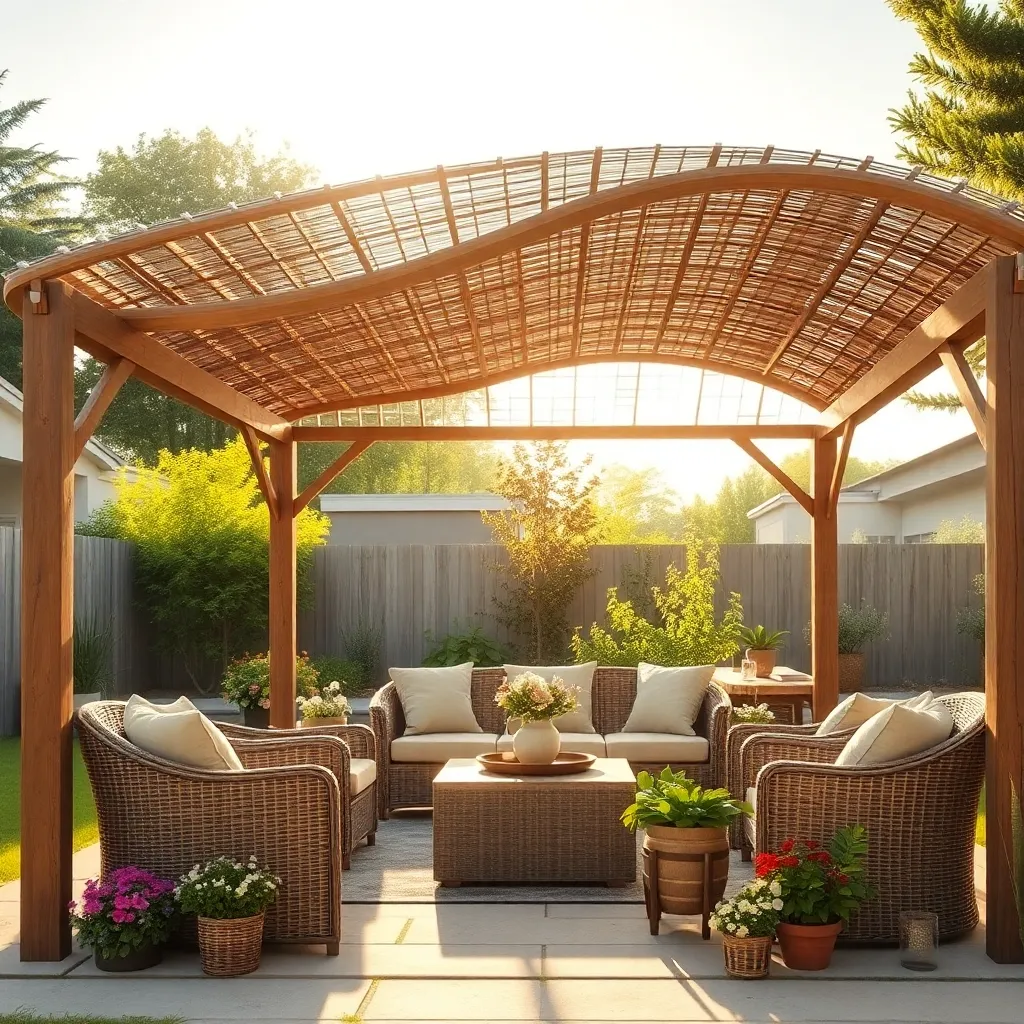
Incorporating eco-friendly materials into your backyard canopy can significantly reduce your environmental footprint while adding a unique charm to your outdoor space. Opt for bamboo, which is not only sustainable but also highly durable and resistant to weather conditions. For a natural aesthetic, consider using recycled timber for the framework, which can be treated with non-toxic sealants to enhance its longevity.
To ensure your shelter remains environmentally conscious yet functional, select organic, UV-resistant fabrics for the canopy cover. These fabrics, such as hemp or organic cotton, provide effective shade and are biodegradable. For advanced builders, integrating solar panels on top of the canopy can power outdoor lighting, enhancing both sustainability and ambiance. By choosing these materials, you not only create a beautiful space but also contribute to a healthier planet.
Incorporate Climbing Plants on Canopies
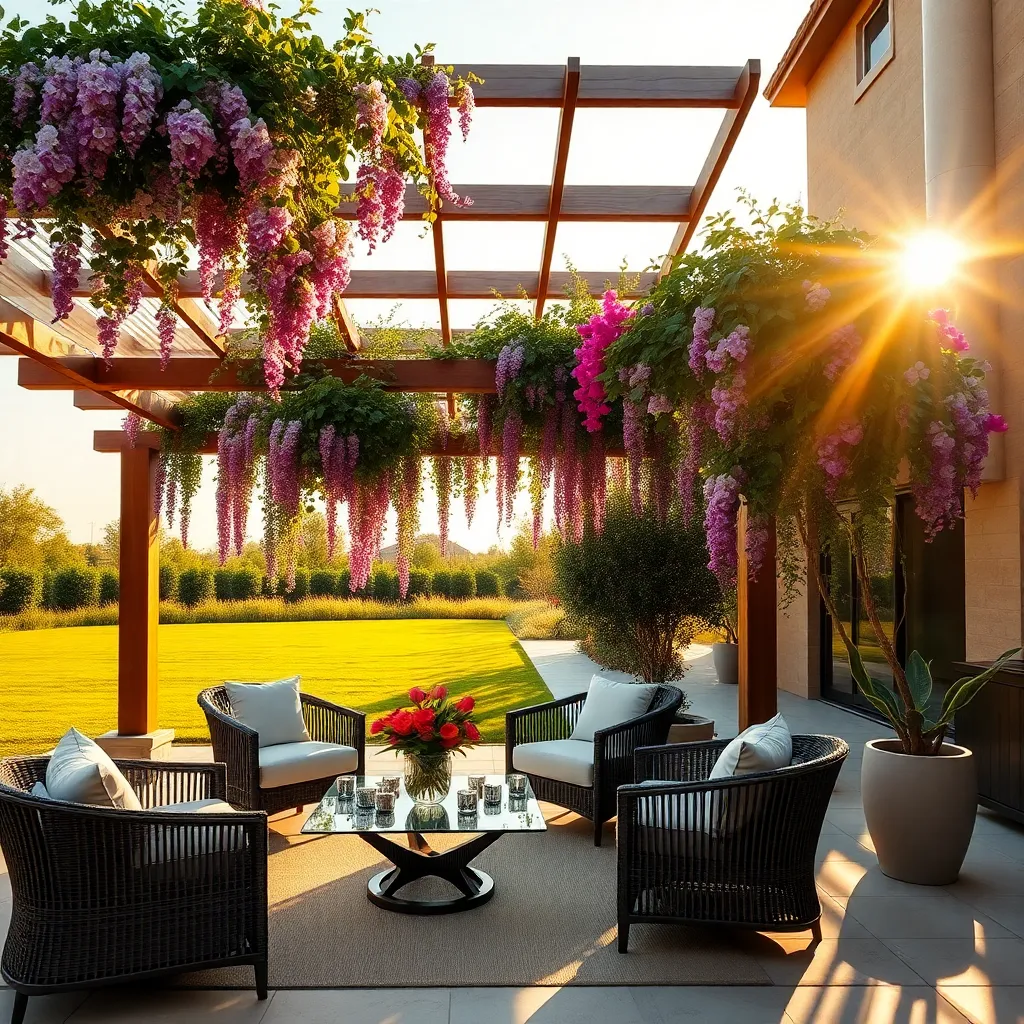
Incorporating climbing plants on your canopy can transform your backyard into a lush, inviting retreat. Start by choosing sturdy climbing plants like clematis, wisteria, or climbing roses that thrive in your climate and align with your desired aesthetic. Securely attach trellises or wire grids to your canopy framework to give these plants a path to climb. Consider using weather-resistant materials like galvanized steel or treated wood for longevity, ensuring your structure will support the growing weight of the plants over time.
For beginners, opt for fast-growing, low-maintenance species such as ivy or honeysuckle, which quickly cover large areas with minimal effort. Advanced gardeners might experiment with espalier techniques to train plants into specific shapes or patterns, adding a unique architectural element to your canopy. Regular pruning and maintenance are crucial to keep the plants healthy and prevent them from overwhelming the structure. This approach not only enhances the visual appeal of your outdoor space but also provides natural shade and improves air quality around your home.
Conclusion: Creating Beautiful Outdoor Spaces
As we explored the delightful world of backyard canopies, we discovered 12 key concepts that parallel the dynamics of nurturing relationships: embracing creativity, valuing simplicity, prioritizing comfort, making room for growth, fostering connection, celebrating individuality, respecting boundaries, nurturing trust, investing in quality time, adapting to change, maintaining balance, and cherishing shared moments. Each idea not only enhances your outdoor space but also enriches the fabric of your relationships, turning ordinary moments into lasting memories.
Now, take a moment to reflect on which of these concepts resonates most with your current relationship journey. Choose one actionable idea and plan a small project—perhaps a cozy canopy retreat or a vibrant gathering space—that symbolizes your commitment to growth and connection.
Don’t forget to bookmark this article for future inspiration, ensuring these valuable insights are at your fingertips whenever you need a relationship boost. As you embark on this creative venture, remember that the effort you invest today lays the foundation for a flourishing relationship tomorrow. Embrace the journey with optimism, and watch as your relationships blossom into their fullest potential.
